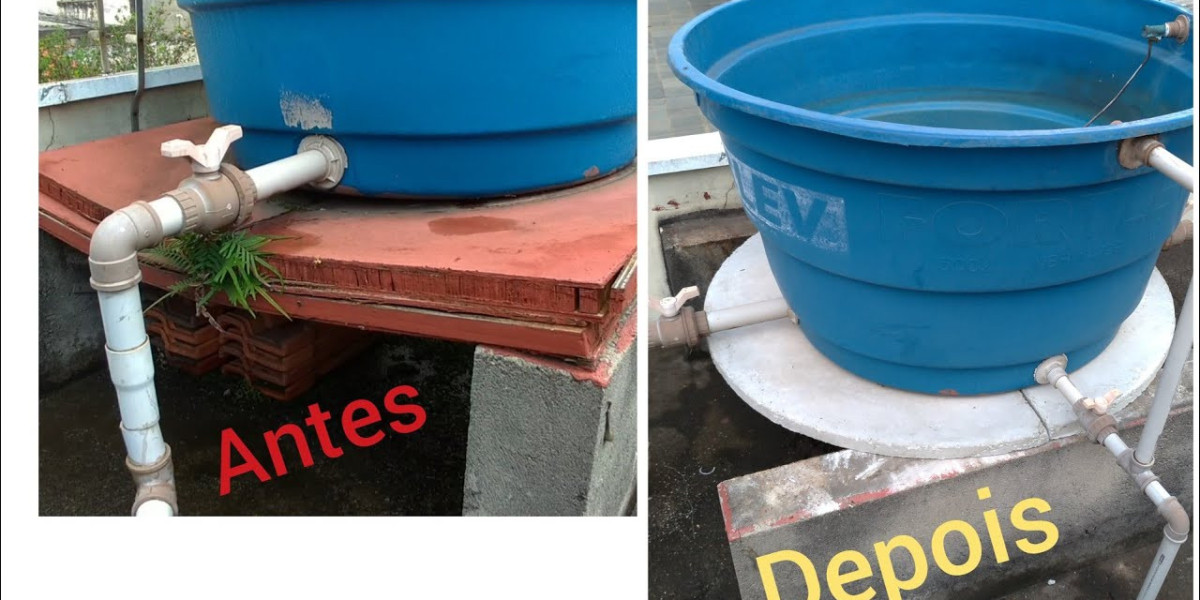Non-visible NIR radiation, or near-infrared radiation, plays a crucial role in various technological advancements today. While it is not visible to the human eye, its applications span numerous fields, including medical equipment, telecommunications, and environmental monitoring. This article aims to provide a comprehensive understanding of non-visible NIR radiation, its applications, and its implications in modern technology.

What is Non-Visible NIR Radiation?
Non-visible NIR radiation refers to electromagnetic radiation with wavelengths ranging from approximately 750 nm to 1400 nm. This spectrum lies just beyond the visible light range, making it invisible to the naked eye. But why is this radiation significant? Its unique properties allow it to penetrate various materials, making it invaluable in numerous applications.
Applications of Non-Visible NIR Radiation
Non-visible NIR radiation has found its way into several industries. Here are some key applications:
- Medical Imaging: NIR radiation is utilized in techniques such as NIR spectroscopy, which helps in non-invasive diagnostics.
- Telecommunications: Fiber optic cables often use NIR wavelengths to transmit data over long distances with minimal loss.
- Agriculture: NIR sensors are employed to monitor plant health and soil moisture levels, enhancing agricultural productivity.
- Environmental Monitoring: NIR radiation aids in detecting pollutants and assessing environmental changes.
Benefits of Non-Visible NIR Radiation in Medical Equipment
In the medical field, non-visible NIR radiation has revolutionized diagnostic procedures. For instance, NIR spectroscopy can analyze tissue composition without requiring invasive methods. This technology not only improves patient comfort but also enhances diagnostic accuracy. Additionally, devices utilizing NIR radiation can be used for therapeutic purposes, such as in  to promote healing and reduce inflammation.
to promote healing and reduce inflammation.
Challenges and Considerations
Despite its advantages, the use of non-visible NIR radiation is not without challenges. One major concern is the potential for overheating in sensitive applications. Furthermore, the need for specialized equipment to detect and utilize NIR radiation can increase costs. How can industries mitigate these challenges? By investing in research and development, companies can create more efficient and cost-effective solutions.
The Future of Non-Visible NIR Radiation
As technology continues to evolve, the potential applications of non-visible NIR radiation are expanding. Innovations in sensor technology and data analysis are paving the way for more sophisticated uses in fields such as telemedicine and smart agriculture. The future looks promising, with ongoing research likely to uncover even more benefits of this invisible spectrum.
In conclusion, non-visible nir radiation is a powerful tool in modern technology, offering numerous applications across various industries. Understanding its properties and potential can lead to advancements that improve quality of life and enhance efficiency in numerous fields. As we continue to explore this fascinating area, the implications of non-visible NIR radiation will undoubtedly become more significant.








